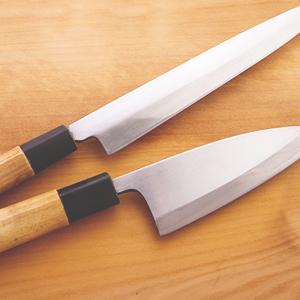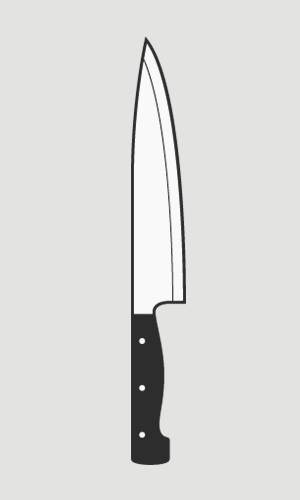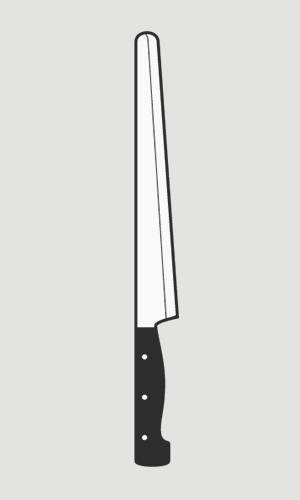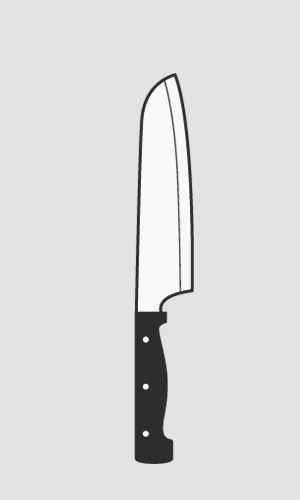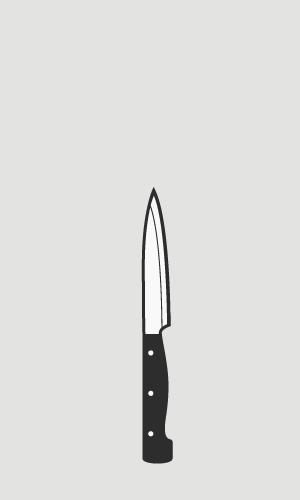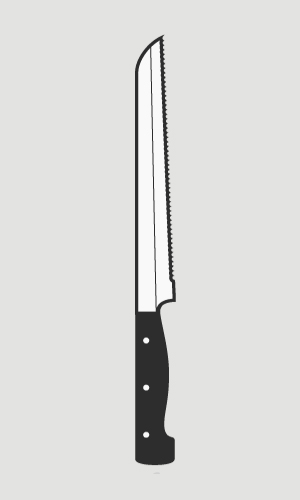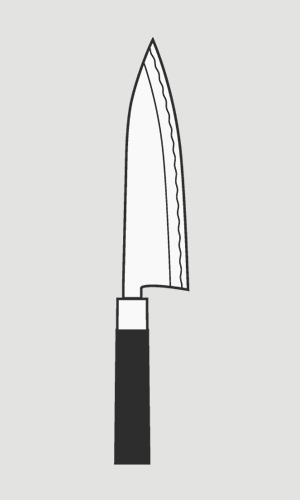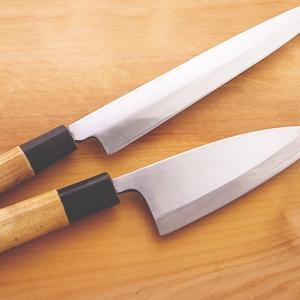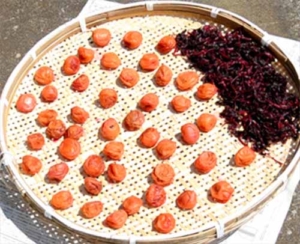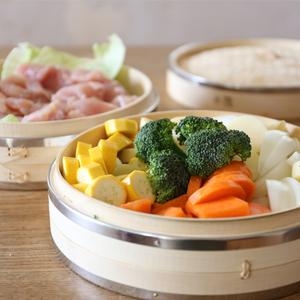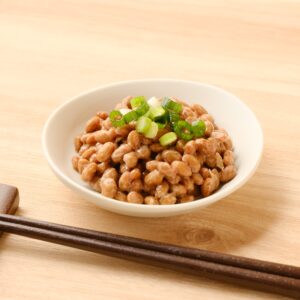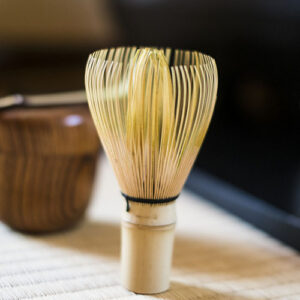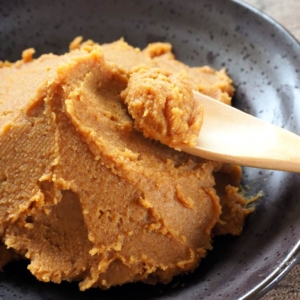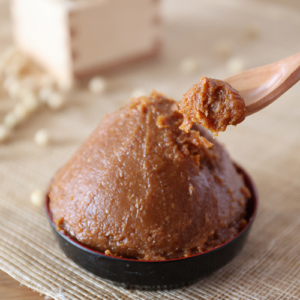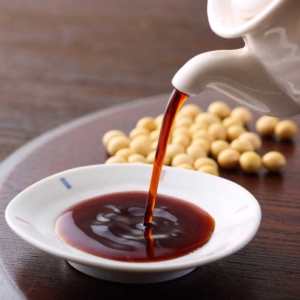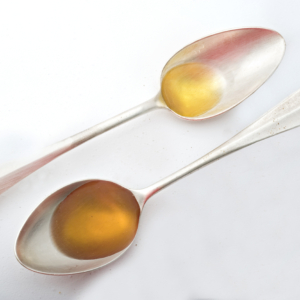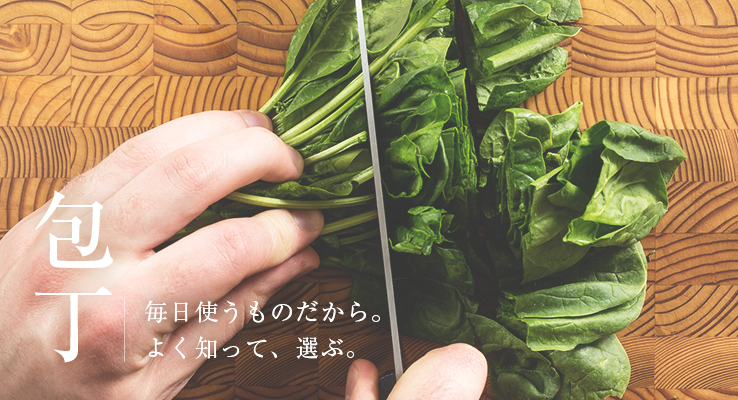
What kind of knife do you use regularly?
Whether it’s for your family or yourself, kitchen tools are crucial for people who are cooking every day. If it’s possible, you want to be able to use your kitchen tools for a long time, right? Although there’s also a lot of people who think that they “somehow will use the kitchen tools they choose for a long time.”
I, as a housewife, am also that kind of person. So, to focus on one thing, I think we should know about kitchen knives first.
 Content List
Content List
To begin with, I will introduce the type of kitchen knife. In addition, there’s also a thorough comparison up to the difference of the materials and styles.
Various kinds of kitchen knives are made according to their purpose and food materials. The kitchen knives’ world is intense.
Various kind of Kitchen Knife
There are a wide-ranging variety of kitchen knives. Kitchen knives’ types are categorized according to the function of cutting certain types of food material. Still, due to the difference in structure, they can be roughly divided into two types, which are “Western knife” and “Japanese knife”.
Western Knife
It’s a general term for kitchen knives used mainly in Western cuisine.
Initially, it was made to cut meat, and it has developed mainly in Europe and the United States.
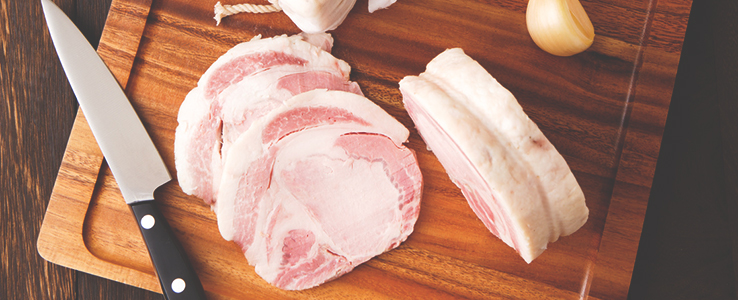
Structure/How to Cut
Youbouchou (Western knife) is a V-shaped and “double-edged” structure with an asymmetrical blade cross-section.
The primary purpose of this knife is pressing and cutting (push-cutting), using the weight of the kitchen knife, while pushing the knife forward, cut by applying force from the cutting edge towards the blades. Cutting in this way makes it easy to cut even solid or hard food materials.
Because this “push-cutting” technique can apply strong force, it is suitable for cutting bones, hard and streaky meats, and coarse fiber vegetables.
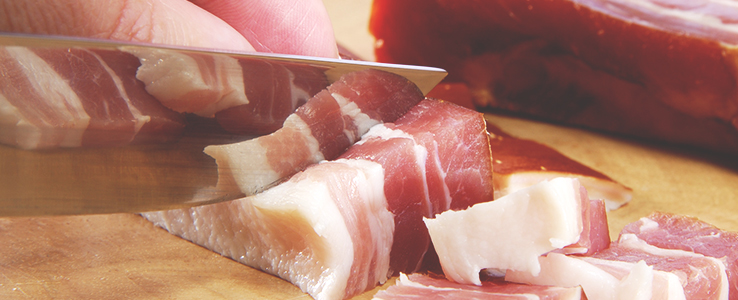
Variety
Western Kitchen Knife has wide-ranging varieties with various purposes.
Because western cuisine is composed mainly of meat, there are many kitchen knives, especially just for cutting meat, such as Gyuto knife (chef’s knife), Sujibiki knife (meat carving knife), Nikukiri knife (meat chopper knife).
However, on the other hand, there are also kitchen knives used for slicing and peeling vegetables, fruits, bread, such as a petit knife (small knife) and bread cutting knife.
Recently, even one kind of western kitchen knife is being used extensively.
For example, if you have a gyuto knife, not only for cutting meat, you also can use it for carving and skinning the meat. You also can use it for another raw material.
Santoku kitchen knife (all-purpose kitchen knife) is often used in a Japanese family.
Gyuto Knife (Chef’s Knife)
Originally, it’s a thin, long-blade-cut knife, primarily to slice and disjoint significant cuts of meat (carcass).
It is widely available in various sizes, from 18 cm for household use such as vegetables and bread cutting, up to 40 cm for meat cutting.
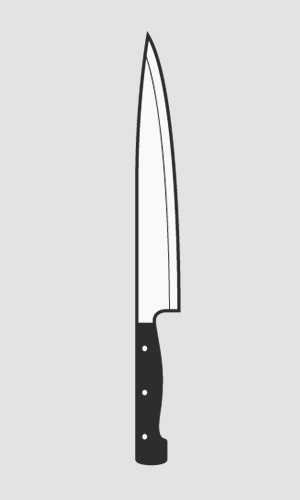
Sujibiki Knife (Meat Carving Knife)
A long slender kitchen knife that can cut large meat into smaller blocks.
You can also use it for carving roasted beef.
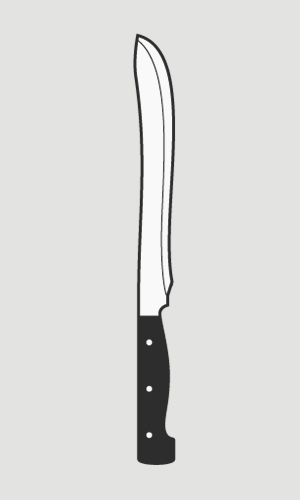
Meat Cutting Knife (Butcher’s Knife)
This is a unique kitchen knife to cut meat, mainly used in a meat shop.
It is used in an application such as peeling the bones from the body and the skin, then cutting the meat into an appropriate quantity or particular shape.
The person who does the meat cutting in the shop is called a “butcher”.
Slicer
It is a knife used mainly for slicing sliced meat, sashimi, and ham. The cutting edge has a round and slender shape.
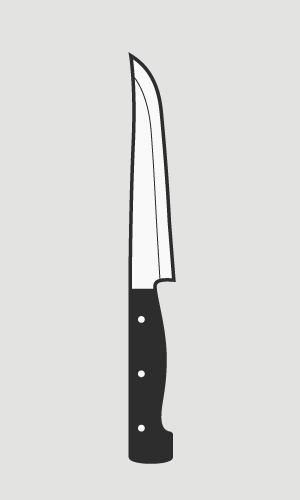
Honesuki Knife (Boning Knife)
It is a knife used for cutting the meat off the bone. Honesuki Knife is also called Sabaki.
Santoku Knife (All-purpose Kitchen Knife)
Santoku Knife is an all-purpose kitchen knife commonly used in Japanese households.
Since the blade is thin, you can use it to cut vegetables, meat, and fish. That’s why it’s called santoku (all-purpose). The Santoku knife was created by combining the Nakiri Bocho knife (a Japanese traditional knife used for cutting vegetables) and the Gyuto knife. After the war ended, the number of making meat dishes and western food at home increased.
Petit Knife/Small Knife
Petit Knife is a small utility knife with wide-range applications such as peeling vegetables and fruits, decorating fruits for cocktails and cakes.
Bread Cutting Knife
Some of them are corrugated blades to make it easier to cut soft bread, the blade is thin, and the width is narrow, so it can cut soft bread without crushing it. Bread cutting knife, sometimes also called bread knife or bread slicer. To slice bread in a specific thickness, you need to use an excellent guide.
Butter Knife, Cheese Knife
A small knife used for slicing butter and cheese.
Japanese knife / kitchen knife that compatible with delicate beauty of Japanese cuisine
It is a Japanese kitchen knife used mainly in Japanese cuisine.
Japanese people have a fixation to be very particular about Japanese cuisine as their meal. Their cooking is very delicate. Even with the cutting operation such as carving or peeling, it can be said that it is a series of detailed work requiring the accuracy of the chef’s fingertip.
Japanese knives have developed while adapting to the delicacy of Japanese cuisine. It is said that the prototype is from the Japanese sword, and its sharpness can be said to be identical to the Japanese knife.
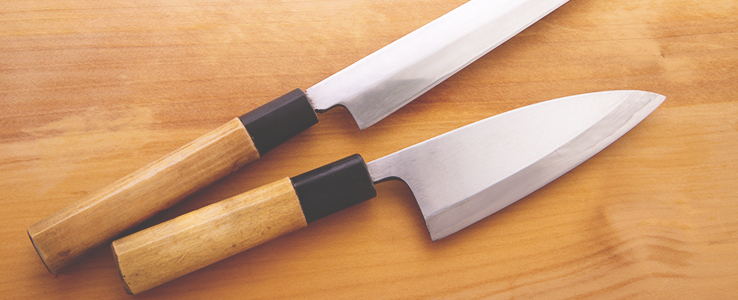
Structure/How to Cut
Many Japanese knives are based on a single-edged structure. The back is a flat surface, with only an oblique grinding surface on the front side. When you look at the cutting edge from the side, the section looks like the letter ‘L’.
Compared to a double-edged structure, a one-edged design is easy to separate from the blade when cutting food, making it possible to perform operations such as carving and stripping quickly. The primary technique is the hikikiri (cut by pulling) technique. Using the entire blade, slide while pushing and cut it off. By slicing while sliding the edge, you can cut it at a sharper angle than the actual kitchen knife blade so that you can finish the cut surface more beautifully.
When cutting soft food materials like fish, cut it with the hikikiri technique so that the meat tissue is not destroyed that much, and the beauty of cut surfaces from the sashimi stands out.
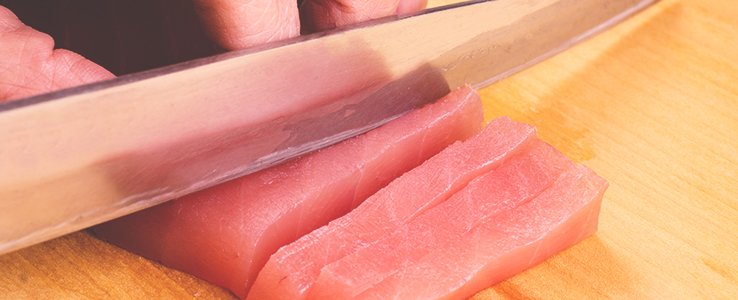
Variety
Japanese knives have their function according to the food materials, and various kinds of knives are made depending on the application.
For example, you use the Deba bocho (pointed carving knife) to cut soft raw materials like fish and chicken meat. If you’re going to do a delicate slicing method such as making Sashimi, you can use Sashimi bocho (sashimi knife).
If you want to cut vegetables, you can use Nakiri bocho (a Japanese knife for cutting vegetables).
While Nakiri bocho is used for regular use in the household, Usuba bocho (thin knife), which is also for cutting vegetables, is widely used by a professional chef because Usuba bocho is suitable for peeling and satisfactory quality.
Unlike Western knives, Japanese knives are also prepared for right-handed and left-handed users.
Deba bocho (Deba Knife)
Deba bocho is primarily used for cutting fish, and chicken.
The blade is thick and heavy, and the shape is a triangle. So even if you put your strength, you can use the cutting edge without bending.
It has been called “Deba bocho” from the first time the blacksmith developed the knife in Edo Period./p>
Depending on the size, it may be called a large blade, medium blade, small blade.
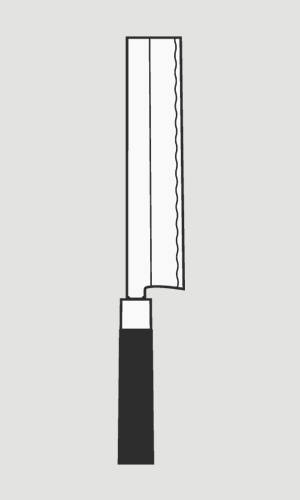
Usuba bocho (Usuba Knife)
Usuba bocho is a traditional Japanese vegetable kitchen knife to cut general vegetables, has been used by the Japanese a long time ago.
The blade is thin and versatile for Japanese cuisine, can be used for specialized cuts such as katsuramuki (shaving a vegetable cylinder into a thin sheet).
Sometimes it is also called “kogata usuba bocho (small rectangular-shaped thin-bladed knife)” or “kawamuki bocho (peeling knife)”.
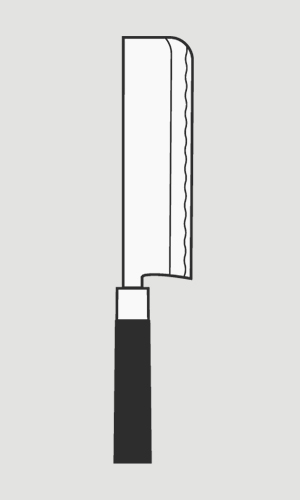
Nakiri bocho (Nakiri Knife)
Nakiri bocho is a Japanese kitchen knife mainly used for cutting vegetables.
Though it is similar to Usuba bocho, Nakiri bocho is a double-edged knife with a rounded tip, widely used for household. The function is different from Usuba bocho. It can’t be used for professional work such as professional carving and cutting work.
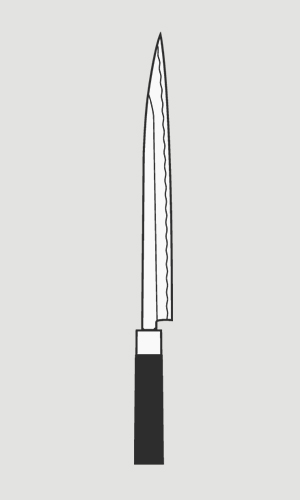
Sashimi bocho (Sashimi Knife)
A sashimi knife is a knife used mainly for making sashimi.
If the blade is reciprocated when you use it to cut the raw fish, the cut surface of the fish will get damaged. The long blade allows you to cut the fish in a single stroke.
Initially, there are Kanto type and Kansai type. The Kansai type is called “Yanagi-ba” because of its sharp and pointed shape. In recent years, Yanagi-ba has become mainstream nationwide, including in the Kanto area.

Takohiki bocho (Takohiki Knife)
This is the Kanto version of Sashimi bocho. It has a straight blade and rectangular end, slightly thinner than the Yanagi-ba.
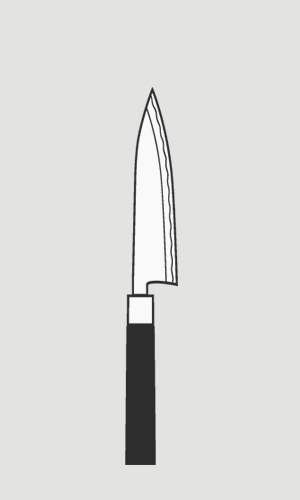
Mioroshi bocho (Mioroshi Knife)
It’s a variety of Deba bocho (pointed carving knife). The blade of the Mioroshi bocho is narrower and thinner. It is possible to slice sashimi all with one knife.
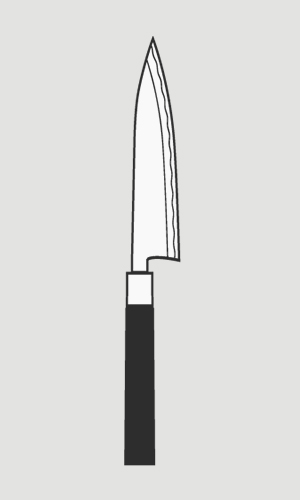
Funayuki bocho (Funayuki Knife)
Funayuki bocho has a similar shape to Mioroshi bocho but with a thinner blade.
It’s an all-purpose knife that can cut fish and vegetables. The original purpose of this knife was as a multipurpose knife for being used on fishing boats because the fisherman couldn’t carry many cooking utensils.
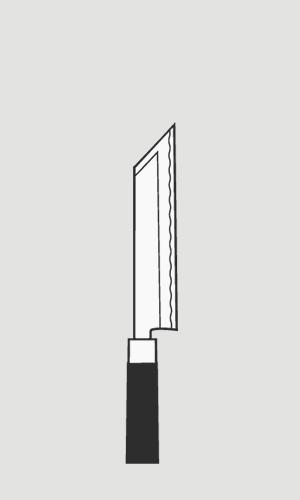
Unagisaki hocho (Unagisaki knife)
Unagisaki hocho is a special kitchen knife with the purpose of cutting/filleting eel.
It is made to be easy to handle the surface of the eel, which is very slimy and slippery. The sharp tip of the knife can cut the eel, then slide along the eel’s body to open up the entire length of the eel at once.
The shape varies depending on the region.
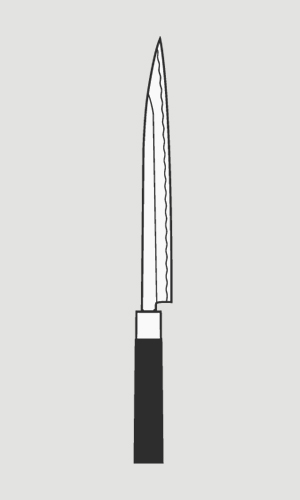
Fuguhiki bocho (Fuguhiki Knife)
Fuguhiki is a special kitchen knife to cut fugu (pufferfish) to make it into fugu sashimi.
It has a long and thin blade, and the body width is narrower compared to a sashimi knife. To cut the pufferfish beautifully thin, Fuguhiki is made with an emphasis on sharpness.
In addition to this, there are quite a variety of Japanese knives according to the type of fish, for example; Maguro bocho (to cut tuna), Anago hocho (to cut conger eel), Hamo kiri (to cut the bone of daggertooth pike conger), Fu hocho (kitchen knife to shape kamaboko, Japanese fish cake), Katsuo hocho (to cut bonito/sardine), etc.
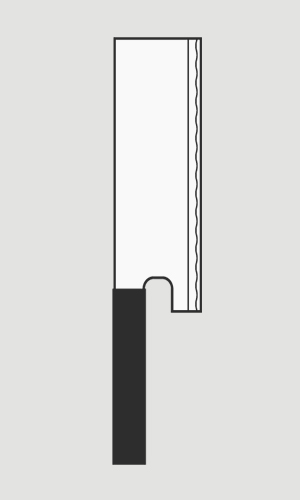
Menkiri bocho (Menkiri Knife)
Kitchen knife specialized for cutting thin and long textured batter into noodle shapes, such as soba or udon.
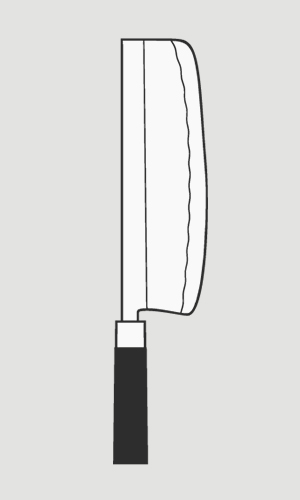
Sushi kiri bocho (Sushi kiri Knife)
Sushi kiri bocho is a special knife used by professional sushi chefs to cut rolled sushi such as futomaki (thick roll sushi) and makizushi (rolled sushi).
The blade has a rounded shape like kamaboko (Japanese fish cake) and can be used without crushing the rice and ingredients inside the sushi roll.
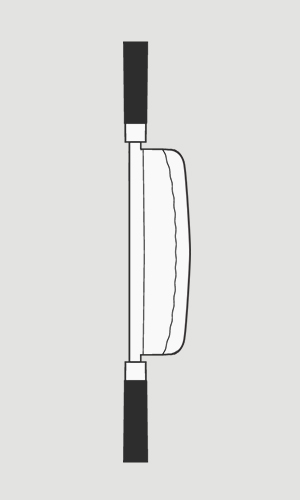
Mochi kiri bocho (Mochi kiri Knife)
This is a knife dedicated to cutting mochi. Since you can cut with both hands, it is suitable for cutting hard rice cakes.
Besides the above, various kinds of special knives are made according to the nature of the ingredients to be cut, such as special knives to cut agar-agar, confectionary, tofu, watermelon, etc.
Other Variety of Knife (Chinese Knife)
There is also a kitchen knife that isn’t categorized as Japanese knife or Western knife.
Variety
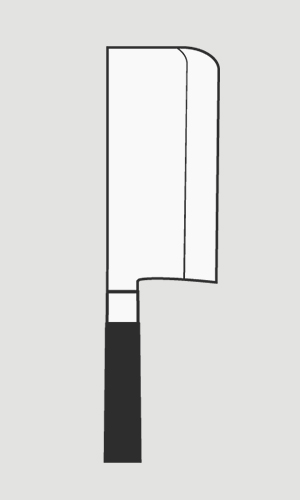
Chinese Knife
It is an all-purpose knife with a wide blade for Chinese food.
Usually, the blade has a rectangle shape. In the Chinese kitchen, only chinese knives are used to handle most of the ingredients.
References: Wikipedia
“Do they really have that many kinds of knives?”
I think many people were surprised by the variety of kitchen knives.
Although this kitchen knife is plenty prepared, there are many other unique things that professional chefs use.
So, when we want to use it at home, what kind of kitchen knife should we choose?
Next, we would like to see which kitchen knife is best for the household according to the ingredients and uses.
How to Choose Kitchen Knife
Choosing according to the raw materials
There are various kinds of knives, and it’s a good idea to choose which kitchen knife is best depending on the raw ingredients and art of cooking.
We will introduce it separately depending on the circumstances for your reference when you are unsure what kind of kitchen knife you should choose and use.
To Cut Meat
■ General cut of meat: Gyuto Knife
■ To cut the muscle part: Sujibiki Knife
■ To cut meat from bones: Honesuki Knife
To Cut Fish
■ To cut and fillet: Deba Knife
■ To cut into Sashimi: Sashimi Knife
To Cut Vegetables
■ To cut: Nakiri Knife
■ Peeling and decorating: Usuba Knife
To Cut Bread
■ To slice: Bread Knife
To Cut Fruit and Small Ingredients
■ Slice and Peeling: Petit Knife
To Cut Any Raw Ingredients
■ To cut meat, fish and vegetables: All-purpose Knife
As you can see above, the same kitchen knife is different depending on the application for meat, fish, and vegetables. Originally, it is best to use it correctly according to its function, but it may not be easy to arrange all the knives above.
So, if you want to cut meat, you can use the general knife for meat, use ‘gyuto knife’,
if you’re going to cut fish, you can use the relatively short in length and easy to store, use ‘deba knife’,
and if you’re going to cut vegetables, you can use the general knife for vegetables, use ‘nakiri knife’.
With that, we think it’s good to prepare one for each different raw ingredient.
But, if you can’t prepare any knives and want a multi-purpose kitchen knife that can be used for all ingredients, we recommend the multi-purpose kitchen knife called ‘santoku knife’.
Choose by Material of Kitchen Knife
Besides choosing knives according to the application, it is also essential to select the material of your kitchen knife.
Depending on what material is used for kitchen knives, their properties are considerably different, and the care method will also be other.
Please make yourself a reference while considering your preference of knife, whether to choose it by sharpness, rust-resistant, easy sharpening, etc.
Steel (Carbon Steel)
It is a hard metal-containing iron as its main component with carbon, silicon, manganese, etc.
Carbon steel which contains carbon in general is used for a kitchen knife. Steels containing carbon are more suitable for making knives than iron with a purity of 100% because they can raise the hardness at once by adding heat when tempering.
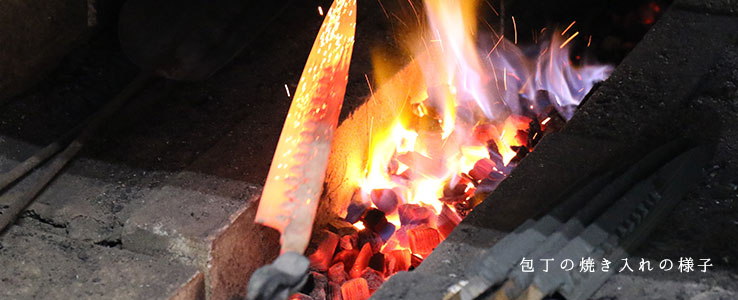
The most remarkable feature of a knife using steel is its sharpness.
On the other hand, it also has the disadvantage of being quickly getting rust.
Because the carbon contained in it is weak against rust, it will rust if you leave it without regular maintenance. However, in terms of sharpening, steel knives are generally easier to sharpen than stainless steel knives.
That’s why it is highly recommended for those who don’t have time to spare for sharpening by themselves and want to use it for a long time.
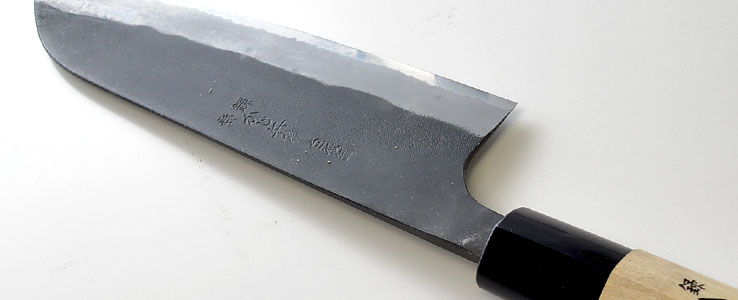
Steel for a kitchen knife is famous for the material called ‘Yasuki steel’.
Yasuki steel is steel manufactured at Hitachi Metals. There are types such as blue paper steel and white paper steel.
Blue Paper Steel
It is used for high grade kitchen knife.
Components such as chromium and tungsten have been added to the blank steel. Chromium is a component that strengthens the steel and makes it hard to rust. On the other hand, tungsten prevents property change during heat treatment and increases the hardness of steel. As a result, it has superior strength, rust resistance, and abrasion resistance than plain paper steel.
It has a very sharp cutting edge.
Its sharpness is said to be the highest peak among the materials of the kitchen knife.
As a result, many professional chefs and other professionals are using it.
It is more expensive than the white paper steel.
White Paper Steel
It is steel that removes impurities such as phosphorus and sulfur, which deteriorates the properties of steel.
The sharpness is somewhat inferior to blue paper steel.
It has unique sharpness that you can use to cut hard food ingredients.
Blue and white paper steel are distinguished from No. 1 and No. 2 from those with more carbon, depending on the carbon content.
The higher the carbon content, the better the blade’s hardness (sharpness) and its resistance.
In addition, blue paper steel has the rank of ‘Super Blue Steel’ as the highest quality.
Stainless Steel
Actually, stainless steel is the same metal like steel.
Although iron is the main component, both are classified according to the content of elements such as carbon and chromium.
Compared with carbon steel, stainless steel has a minimal amount of carbon, and conversely, it is a metal that contains a lot of chromium. Carbon has the property of being rusty. On the contrary, chromium has a rust-resistant component.
Therefore, stainless steel is hard to get rusty and has the advantage of excellent durability.
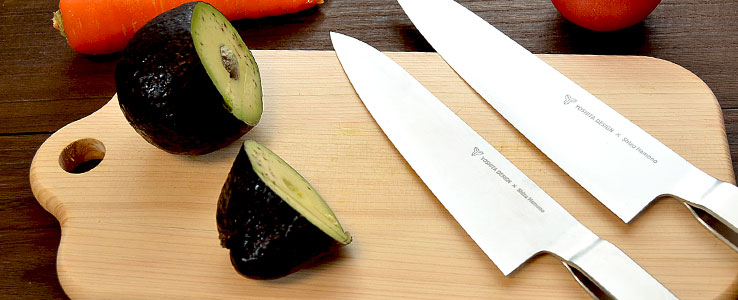
The rust-resistant ability is the greatest asset of stainless steel.
Although it doesn’t get rust, it isn’t comparable with steel. The stainless-steel knife’s sharpness is still inferior to steel.
For that reason, it has been said that stainless steel knives are not suitable for business use.
However, in recent years, efforts have been made to add a small amount of carbon to stainless steel, and many stainless knives with hardness and toughness (tenacity) have appeared.
Molybdenum Steel
Molybdenum is a material added to stainless steel.
When molybdenum is added, steel can be kept without deteriorating its properties and maintain its strength even at high temperatures. Adding molybdenum is very advantageous, even in small amounts.
Generally speaking about the stainless-steel knife, there seems a lot of stainless steel knives using this molybdenum steel.
Molybdenum vanadium steel is made by adding vanadium in addition to molybdenum.
Vanadium is a component that makes steel stronger. It improves abrasion resistance.
By adding these two components to stainless steel, the strength of stainless steel increases even though the stainless steel has a weak point.
Ceramic
It is made of non-metal zirconia ceramic material.
It is characterized by its high strength, intense heat, and lightweight.

